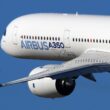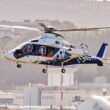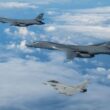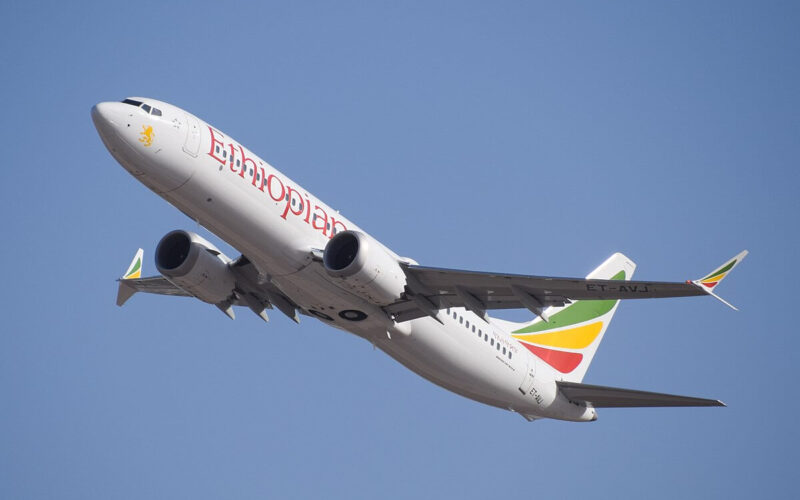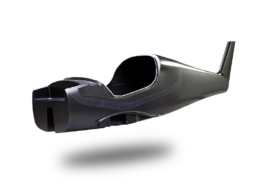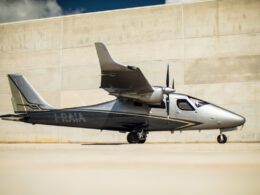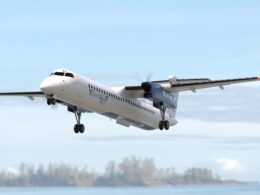A new theory has emerged regarding the crash of the Ethiopian Airlines Boeing 737 MAX: a bird strike could have led to the MCAS software malfunction.
U.S. aviation officials quoted by the Wall Street Journal believe that a collision with a bird may have led to the crash of the Ethiopian Airlines flight 302 on March 10, 2019, which killed 157 people.
Much like Lionair flight 610 five months earlier, preliminary investigation reports point at an erroneous reading of the angle of attack (AOA), which would have triggered the MCAS, an anti-stall system unique to the 737 MAX family. The system would have forced the plane nose down, ignoring pilots’ input. The WSJ reports that a top executive at Boeing had initially raised the possibility of a bird collision but later dismissed it.
This version contradicts, however, the version of Ethiopian Airlines, which stated that the investigation had so far shown “no evidence of any foreign object damage” such as a bird strike to the AOA sensor.
Bird strikes are far from rare. In 2015, the Federal Aviation Agency (FAA) recorded more than 14,000 bird strikes in the US alone. The Bird Strike Committee USA estimated that over 262 people were killed and 250 aircraft destroyed world-wide as a result of wildlife strikes between 1988 and 2016

